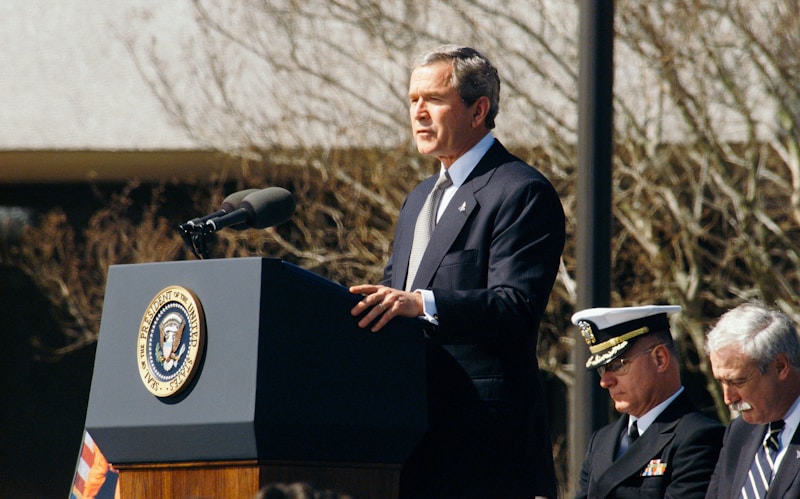After sixteen months of intense diplomatic negotiations, the Republic of Valdoria and the Kingdom of Astonia signed a landmark peace agreement yesterday in Stockholm, formally ending a territorial dispute that has persisted for nearly a decade and establishing a new model for resource-sharing between neighboring nations.
The signing ceremony at Stockholm’s City Hall was presided over by Swedish Prime Minister Erik Lindqvist and witnessed by representatives from the Nordic Peace Institute, which facilitated the complex mediation process. Both national leaders expressed profound relief as they exchanged copies of the meticulously crafted agreement.
The central innovation of the Stockholm Accord lies in its approach to the disputed Meridian Valley, a resource-rich region claimed by both nations. Rather than dividing the territory, the agreement establishes a joint administration zone where both countries share governance responsibilities and economic benefits proportionally.
Foreign Minister Anna Kowalski of Valdoria described the breakthrough during a press conference following the ceremony. “We realized that our peoples’ shared heritage in this region was more important than arbitrary border lines drawn decades ago,” she explained. “The joint administration model allows both nations to benefit while preserving the valley’s unique cultural identity.”
Under the new framework, the Meridian Valley Development Authority will oversee all major decisions affecting the disputed territory. The authority comprises equal representation from both nations, with a rotating chairmanship that alternates every two years. All significant infrastructure projects and resource extraction activities require consensus approval from both sides.
The agreement allocates revenue from the valley’s substantial mineral deposits through a complex formula based on historical claims, current population demographics, and investment contributions. Valdoria will receive 55% of mining revenues, while Astonia receives 45%, with both nations committing to reinvest at least 30% of their shares in joint development projects.
King Frederick VII of Astonia emphasized the accord’s environmental protection measures during his remarks. “This agreement ensures that our shared natural heritage will be preserved for future generations,” he stated. “We have established the strictest environmental standards in the region, with independent monitoring and enforcement mechanisms.”
The environmental provisions include the creation of the Meridian Valley Conservation Trust, funded jointly by both nations and tasked with protecting the region’s biodiversity while allowing sustainable development. The trust will maintain ecological corridors and implement restoration projects in previously disturbed areas.
Perhaps most significantly, the accord establishes freedom of movement and residence for citizens of both countries within the joint administration zone. This provision addresses concerns of families separated by the disputed border and allows businesses to operate freely throughout the valley.
The economic integration component creates the Meridian Valley Free Trade Zone, where goods and services can move without tariffs or bureaucratic barriers between the two nations. This arrangement is expected to stimulate regional economic growth and reduce tensions that have hindered cross-border commerce for years.
Both nations have committed to establishing joint institutions, including the Meridian Valley University, which will offer bilingual education and conduct research on sustainable development practices. The university represents a long-term investment in regional cooperation and cultural understanding.
The agreement includes sophisticated dispute resolution mechanisms, with a permanent arbitration panel composed of legal experts from both countries and neutral international observers. This system aims to address disagreements quickly before they escalate into broader diplomatic conflicts.
International observers praised the innovative approach, suggesting it could serve as a model for resolving similar territorial disputes worldwide. The Nordic Peace Institute announced plans to document the negotiation process and develop training materials for future mediation efforts.
Implementation of the Stockholm Accord begins immediately, with both nations establishing transition committees to coordinate the transfer of administrative functions to joint institutions. The full transition to shared governance is expected to be completed within eighteen months, marking the end of one of the region’s longest-standing diplomatic challenges.
